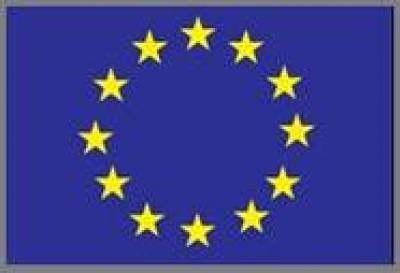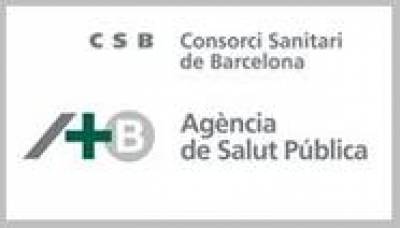
The city of Madrid is located on the Manzanares River in the centre of Spain and is the country's political, economic and cultural capital. It is the second largest city in the INEQ-CITIES Atlas after London, with 3,155,359 inhabitants (Men: 1,483,175 l Women: 1,672,184) living across an area of 605.8 km squared. Madrid had a population density of 5304.4 inhabitants per km squared in 2007 - 2009. Similar to other Southern European cities, Madrid has a steadily ageing population with 18.7% of the population aged 65 or older. The large population in Madrid is partially due to high immigration rates and to the economic and demographic boom in Spain in the late 1990's.
Due to this economic growth, Madrid substantially contributes to Spain's Gross Domestic Product. As a major business and financial centre; 82% of those active in the labour force are employed in the service industry, compared to 8.1% in construction, 8% in industry, and 1.9% in the primary industries.
- City Profile
-
Madrid has a specific demographic profile, defined by a steadily ageing population and a substantial immigration rate. Demographic figures from the 2005 Economically Active Population Survey and the Municipal Register are shown below:
- Population aged 0 - 14: 12.8%
- Population aged 65 and older: 18.7%
- Population aged 16 - 64 in the labour market: 74.1%
- Unemployment: 8.2%
- Immigrant population: 14.1%
- Methods
-
Socio-economic and mortality analyses were conducted at a small area-level within each city. The maps of Madrid represent 2,358 Census Tracts or small areas. Data from the 1999 and 2005 Municipal Registers were used to obtain the population size per Census Tract.
As the population size of small areas were only available for 1999 and 2005, these annual figures were used to estimate the population figures of Madrid for the entire study period (2000 - 2007). The 1999 and 2005 figures were used to derive the population size from 2000 - 2005. For 2006 - 2007, the population size was considered to remain constant from 2005. The INEQ-CITIES research of Madrid is based on these figures.
The table below shows the estimated population size per Census Tract by first, second (median) and third quartiles, based on the 2005 figures from the Municipal Register.
Population Size per Small Area, Madrid Men Women First Quartile
459 531 Median 576 663 Third Quartile
724 807 - Socio-Economic Indicator Maps
-
Social inequalities were examined using markers of deprivation to assess geographical segregation according to socio-economic characteristics. Find out more about socio-economic inequalities within Madrid by viewing area-level maps of Socio-Economic Indicators of:
- Mortality Maps
-
Mortality ratios were examined for all-cause mortality and disease-specific mortality, separately for men and women. Find out more about health inequalities within Madrid by viewing area-level maps of:
- Resources
-
For further information about health inequality and the INEQ-CITIES research conducted in Madrid, please go to:

 Close
Close





